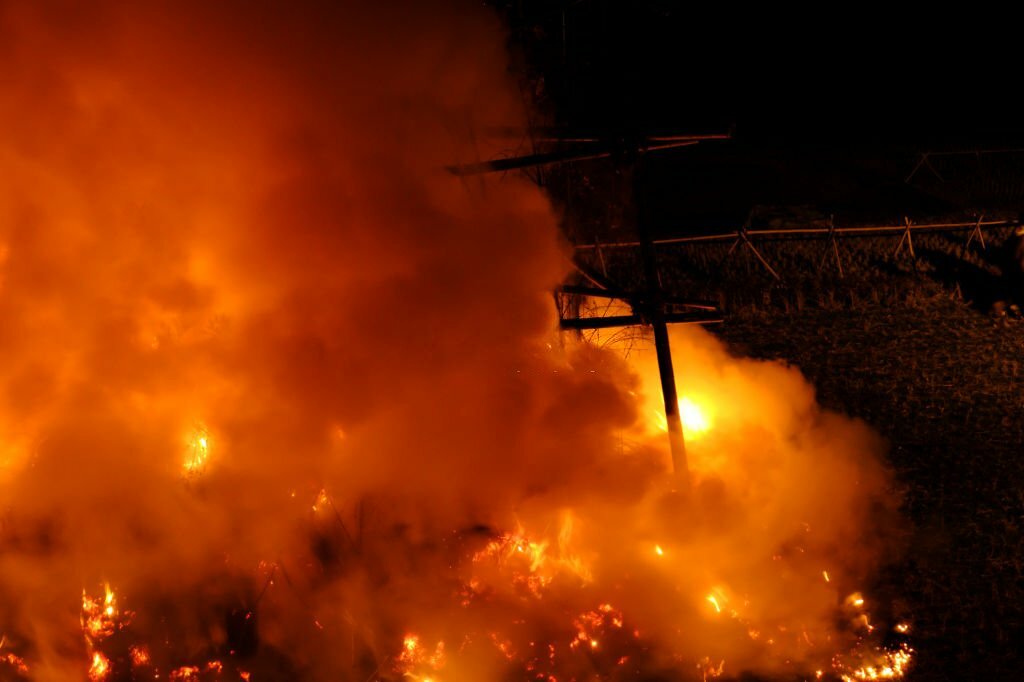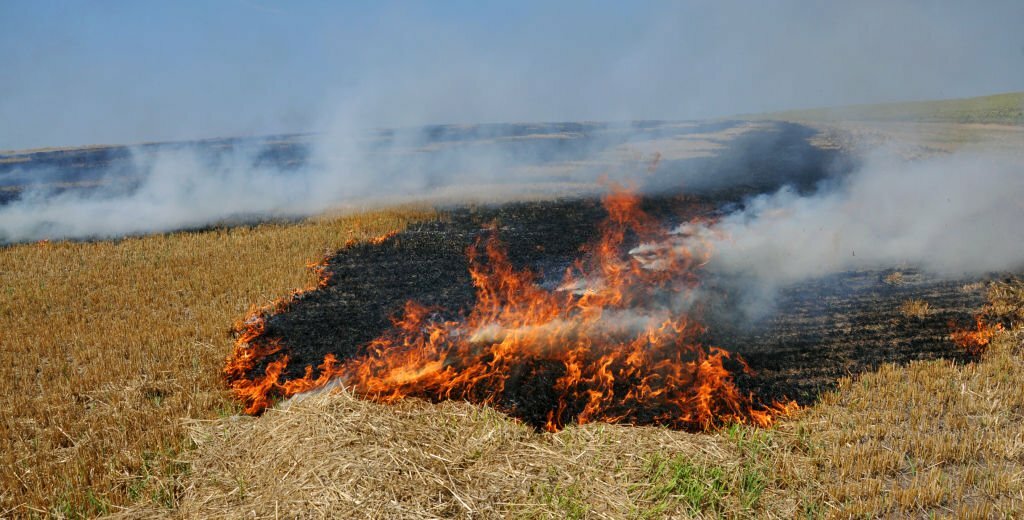Table of Contents
In this article, we delve into the world of farm rousing fire, offering insights, tips, and expert advice on this crucial agricultural practice.
Farm rousing fire is a vital component of modern agriculture, playing a pivotal role in crop management and land preparation. In this comprehensive guide, we’ll explore the ins and outs of farm rousing fire, offering valuable insights, expert tips, and answering frequently asked questions to help you master this essential skill.
Understanding Farm Rousing Fire
Farm rousing fire is an age-old practice with deep roots in agriculture. It involves controlled burning of crop residues, weeds, and organic matter on fields to enhance soil fertility and manage pests.

The Origins of Farm Rousing Fire
Farm rousing fire has been used for centuries by farmers worldwide. It was originally developed as a means to clear fields and prepare them for new plantings, and over time, its benefits have become increasingly evident in the News.
The Benefits of Farm Rousing Fire
- Enhanced Soil Fertility: The ashes left behind by farm rousing fires are rich in essential nutrients, such as potassium and calcium, which can significantly improve soil fertility.
- Pest Control: Rousing fires can help control pests and diseases by eliminating their breeding grounds.
- Weed Management: Burning weeds and crop residues reduces competition for nutrients, giving your crops a better chance to thrive.
- Improved Seedbed Preparation: Farm rousing fire can effectively create a clean, nutrient-rich seedbed for planting.

Farm Rousing Fire Techniques
To succeed with farm rousing fire, it’s essential to understand the various techniques and practices associated with it.
Traditional vs. Modern Approaches
Traditional farm rousing fire techniques relied on manual labor, using firewood and leaves. In contrast, modern methods incorporate advanced machinery and tools to make the process more efficient.
Key Tools and Equipment
- Tractor-Mounted Flamers: These specialized machines make it easier to manage the intensity and direction of the fire.
- Backpack Flamers: Ideal for smaller plots, these flamers are handheld and allow for precise control.
- Controlled Ignition Devices: Propane torches and other devices provide consistent ignition for controlled burns.
Related post to read about Health Check Physical Therapy

Farm Rousing Fire Safety
Safety is of paramount importance when dealing with farm rousing fire.
Precautions to Take
- Weather Conditions: Avoid farm rousing fire during windy days or dry seasons to prevent accidental wildfires.
- Firebreaks: Create firebreaks to control the spread of fire, and ensure they are wide enough to be effective.
- Safety Gear: Wear appropriate protective clothing and have fire extinguishing equipment on hand.
FAQs
Q: Is farm rousing fire suitable for all types of crops?
A: While farm rousing fire can be beneficial for many crops, it may not be suitable for highly flammable crops like oilseeds. It’s essential to consider the specific needs of your crops.
Q: How often should I perform farm rousing fire on my fields?
A: The frequency of farm rousing fire depends on your location, crop type, and soil condition. It’s best to consult with a local agricultural expert for guidance.
Q: Can farm rousing fire replace chemical fertilizers?
A: Farm rousing fire can enhance soil fertility, but it may not completely replace the need for chemical fertilizers. It’s often used in combination with other agricultural practices.
Q: Are there any legal regulations regarding farm rousing fire?
A: Many regions have regulations in place to ensure safe farm rousing fire practices. Check with your local agricultural authorities for guidance on compliance.
Q: What is the best time of day for a farm rousing fire?
A: Early morning or late evening is often the best time for farm rousing fire as the weather tends to be calmer, reducing the risk of uncontrollable burns.
Conclusion
Farm rousing fire is a time-tested agricultural practice that, when executed with care and responsibility, can greatly benefit your farm’s productivity and soil health. By following the right techniques and safety precautions, you can harness the power of farm rousing fire to take your farming endeavors to new heights.






